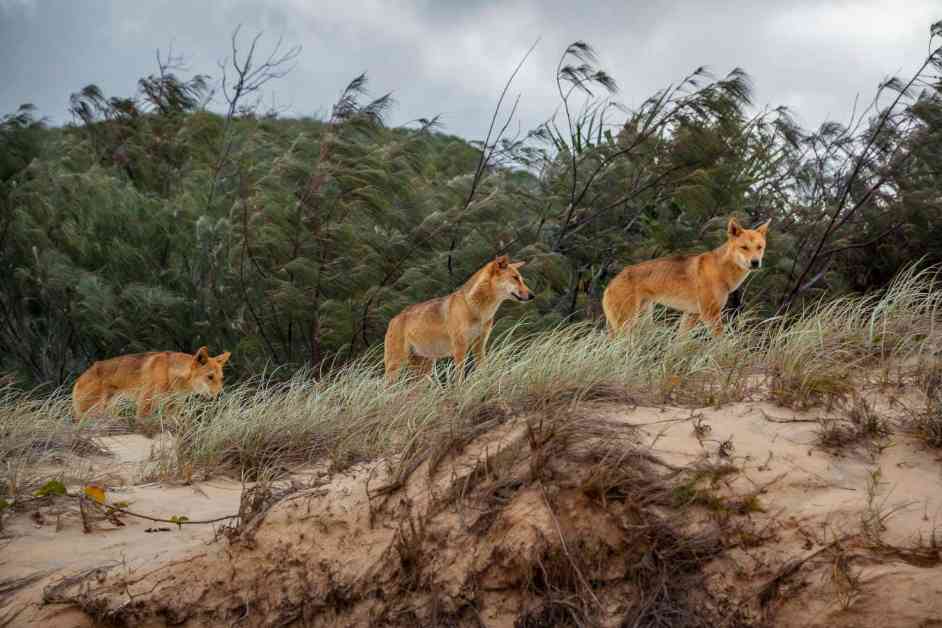Dingoes, the native wild dogs of Australia, arrived on the continent more than 3000 years ago and their gene pool has had little input from domestic dogs. Analysis of ancient DNA from dingoes suggests that Australia’s native wild dogs arrived in two waves of migration between 3000 and 8000 years ago and show little evidence of interbreeding with domestic dogs. Sally Wasef at Queensland University of Technology in Australia and her colleagues examined 42 ancient dingo specimens and obtained nine full genomes, including the oldest Australian genome ever sequenced for any species, as well as mitochondrial DNA from 16 animals.
The retrieved DNA ranged in age from 400 to 2700 years old and came from across the continent. The analysis confirms that the two main Australian populations of dingoes had already diverged by at least 3000 years ago, with one concentrated on the east coast and another on the west. The east coast dingoes are more closely related to New Guinea singing dogs than they are to the western dingoes, possibly indicating two distinct migrations of dingoes into Australia. In the absence of ancient New Guinea singing dog DNA, researchers couldn’t rule out that the singing dogs are descended from dingoes that migrated from Australia to New Guinea.
Despite dingoes being hunted and killed as threats to the livestock industry since Europeans arrived in Australia, recent research shows that the K’gari dingoes off the Queensland coast show no evidence of interbreeding with domestic dogs. This challenges the notion that dingoes have interbred with domestic dogs and raises questions about the practice of euthanizing dingoes, especially on K’gari island, to preserve their gene pool. The K’gari dingoes are already suffering from inbreeding, and killing individuals could significantly deplete their DNA.
The study provides valuable data to explore the evolutionary relationships between dingoes, New Guinea singing dogs, global dog populations, and wolves. This research sheds light on the history of dingoes in Australia and emphasizes the importance of conservation efforts to protect the unique genetic heritage of these native wild dogs. By understanding the genetic history of dingoes, conservationists can make informed decisions to ensure the survival of these iconic Australian animals for future generations.






